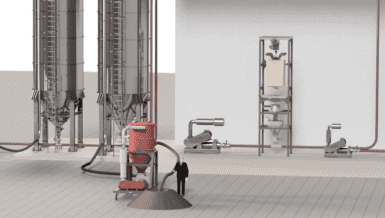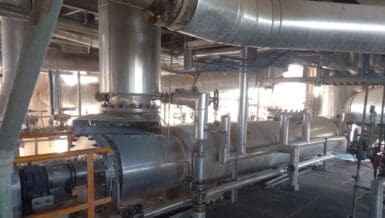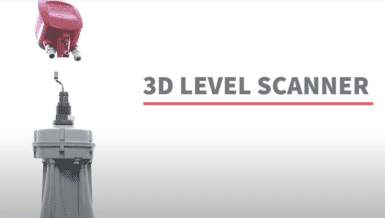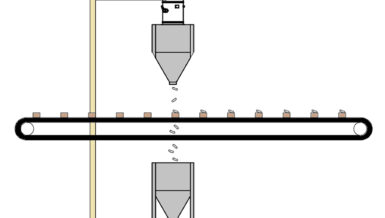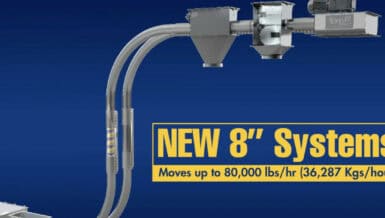“We can exactly match our systems to the required conveying task and topography,” says Dr. Kilian Neubert, Global Head of Mining at BEUMER Group. “We rely on state-of-the-art planning tools to provide our customers with an efficient, sustainable and cost-effective material flow.”
Raw materials are needed to produce almost all industrial and consumer goods; however, extracting them has far-reaching effects on the environment and society. This is why mining companies constantly strive to make their extraction and processing operations even more efficient and sustainable, and such efforts are called for in the planning of a new mine.
Mine operators must ensure that the population generally approves of the planned project. This approval can be obtained through extensive approval procedures, environmental impact studies, geo-monitoring, and the implementation of suitable risk management systems. “Mining companies need to build trust with the public,” Neubert explains. “For example, they need to involve the public and key stakeholders at an early stage of projects.” This is why operators need to integrate the issue of sustainability into all aspects of planning a mine and improve the environmental compatibility of the overall system by ensuring the efficient transport of ore and waste rock over longer distances. Optimized routing and the selection of suitable methods achieve these objectives
No two conveying systems are alike, even if the primary task of transporting bulk material from A to B appears comparable. “We must adapt the components and the system to the material to be conveyed,” says Neubert. “The mass flow to be conveyed and height differences that need to be overcome over the length of the conveyor line are important factors that we must address when designing a system.”
The energy consumption of long, horizontal belt conveyors is primarily determined by the main resistance in the upper and return strand in stationary operating conditions. This resistance consists of the running resistance of the idlers, the indentation rolling resistance, and the flexing resistance of both the conveyed material and the belt as they run over the idlers. The forces required to overcome these resistances depend on various operational and design parameters; however, they can be determined using the ‘single resistance method.’ If components with low running resistances are used, such as belts with reduced indentation rolling resistance or running-optimized idlers, the calculations of the systems nowadays show considerably lower tractive forces of the belt than those of a few years ago. This leads to lower energy costs, and smaller radii can also be selected for the horizontal curves thanks to the lower tractive forces of the conveyor belt.
The topography of the existing terrain also has a significant influence on the design of the conveying system. An in-depth analysis of various dynamic load cases and a thorough investigation of the technically feasible horizontal and vertical curve radii must be conducted to design the system in the most efficient and environmentally friendly way. This is especially true for longer and more difficult conveyor lines. Potential obstacles that must be considered during the planning phase include residential areas, roads, and rivers. “Today, we can design curved overland conveyors of up to twenty kilometres or longer without the need for a transfer tower,” says Neubert. The conveying capacities of a system like this are more than 20,000 tons per hour.
“We use our BEUMER Overland Layouting Tool to ascertain the ideal layout for the system,” says Neubert. “It generates a digital 3D model of the conveyor in the virtual landscape during project planning, more or less automatically.” The critical topography data can either be provided by customers, or drones are used to capture terrain data. “These 3D visualizations are also ideal for supporting mining companies in their PR relations work,” explains BEUMER expert Neubert. Important factors such as ‘cut and fill’ volumes, i.e. the necessary excavation work, and the required steel structures for the conveyor can be evaluated and illustrated on this basis. “This procedure considerably accelerates the project planning process and enables us to provide project-critical data to the customer at an early stage of the project,” says Neubert.
The 1990s saw BEUMER Group start its development into one of today’s leading suppliers of pipe conveyors. In these systems, the idlers form the belt into a closed pipe that protects the material to be transported against external influences and the environment from emissions such as dust and odors. This conveying solution is therefore ideally suited for fine bulk materials such as ore concentrates. Pipe conveyors also allow tighter curve radii and greater angles of inclination compared to conventional troughed belt conveyors.






